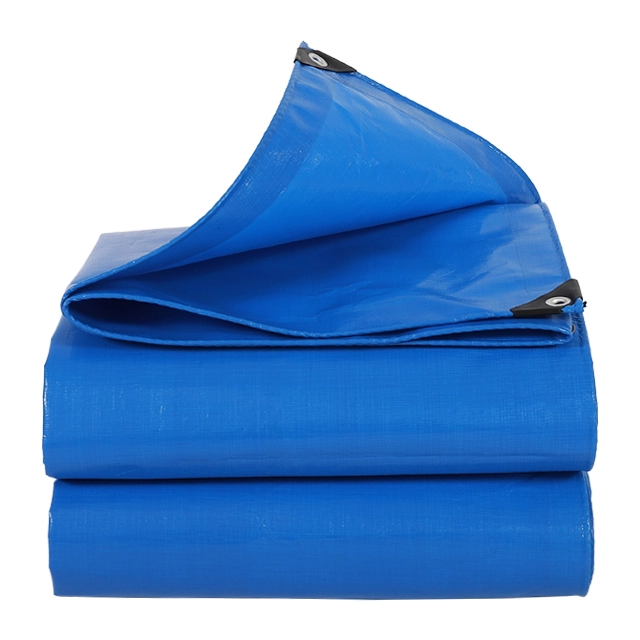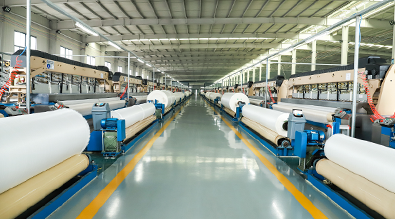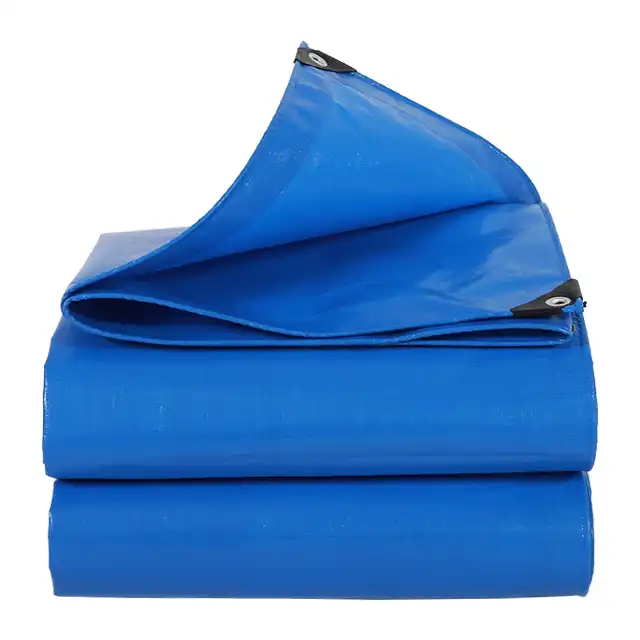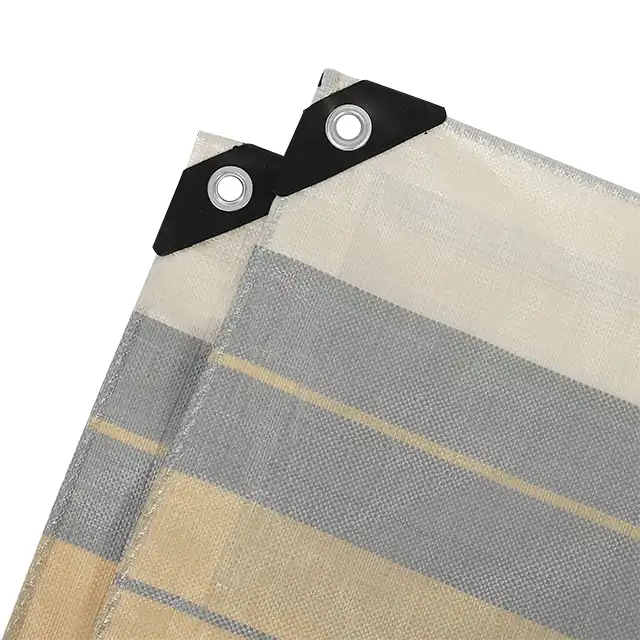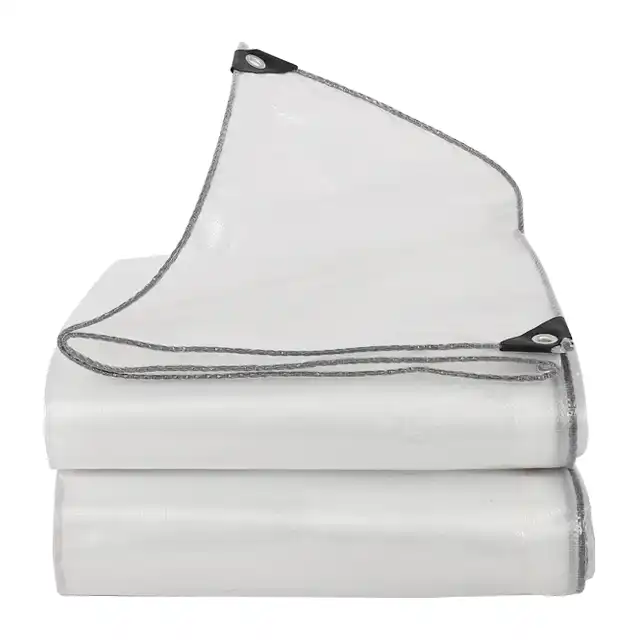Roof Tarps vs. Roofing Felt: What’s the Difference
When it comes to protecting your roof from weather elements and potential damage, understanding the fundamental differences between roof tarps and roofing felt is crucial for making informed decisions. Both materials serve protective purposes, but they differ significantly in their construction, durability, application methods, and intended use scenarios. Roofing tarps, typically made from heavy-duty polyethylene materials, offer temporary yet robust protection against water infiltration, wind damage, and debris accumulation during emergency situations or construction projects. In contrast, roofing felt represents a more permanent underlayment solution, traditionally manufactured from organic or fiberglass materials saturated with asphalt, designed to provide long-term moisture barriers beneath primary roofing materials. The choice between these two protective solutions depends on various factors including the urgency of protection needed, budget considerations, weather conditions, and whether you're seeking temporary emergency coverage or permanent roofing infrastructure enhancement.

Material Composition and Construction Differences
Polyethylene-Based Roofing Tarps Technology
Roofing tarps manufactured from high-quality polyethylene represent advanced protective solutions engineered for superior weather resistance and durability. These roofing tarps utilize sophisticated manufacturing processes involving yarn extruding with thickness ranging from 400D to 2500D, followed by fabric weaving using specialized water-jet looms capable of producing seamless widths up to 5 meters. The construction process incorporates professional coating techniques with LDPE lamination on both sides, creating impermeable barriers that effectively repel water while maintaining flexibility across varying temperature conditions. Modern roofing tarps feature UV treatment that prevents degradation from prolonged sun exposure, ensuring consistent performance throughout extended deployment periods. The mesh structure, typically ranging from 6×6 to 16×16 configurations, provides optimal balance between material strength and weight considerations, making these roofing tarps suitable for both residential and commercial applications where reliable temporary protection is essential.
Traditional Roofing Felt Materials
Roofing felt represents conventional underlayment technology primarily constructed from organic materials such as recycled paper products or synthetic fiberglass substrates saturated with asphalt compounds. This traditional approach creates moisture-resistant barriers through chemical impregnation processes that penetrate fiber structures, forming protective layers beneath primary roofing materials. Unlike roofing tarps, felt products require permanent installation involving nail or staple attachment systems, creating irreversible modifications to roof structures. The manufacturing process for roofing felt involves continuous saturation techniques where base materials absorb predetermined quantities of asphalt, resulting in standardized weights typically measured in pounds per square foot. However, roofing felt lacks the advanced UV resistance and tear strength characteristics found in modern roofing tarps, making it more susceptible to weather-related deterioration and physical damage during installation or extreme weather events.
Advanced Manufacturing Technologies
Contemporary roofing tarps benefit from cutting-edge production technologies that far exceed traditional felt manufacturing capabilities. State-of-the-art facilities utilize multiple wire drawing lines, advanced water-jet looms including specialized 4.25-meter width equipment, and sophisticated coating machines capable of processing materials up to 4.4 meters in width. These roofing tarps undergo rigorous quality control processes involving multiple production stages, from initial polyethylene extrusion through final heat-sealing operations performed by precision machinery. The manufacturing excellence ensures consistent material properties including tear resistance, waterproof integrity, and dimensional stability across varying environmental conditions. Professional technicians monitor coating applications using advanced quality testing equipment, guaranteeing that each roofing tarp meets stringent performance standards. This technological advancement represents significant improvements over traditional felt manufacturing, which relies on relatively simple saturation processes without comparable quality monitoring systems or advanced material engineering capabilities.
Performance Characteristics and Durability Factors
Weather Resistance and Longevity
Roofing tarps demonstrate exceptional weather resistance capabilities that significantly exceed traditional roofing felt performance under challenging environmental conditions. These advanced protective materials maintain structural integrity through temperature extremes ranging from arctic conditions to intense heat exposure, thanks to specialized polymer formulations and professional UV treatment applications. The inherent flexibility of roofing tarps prevents cracking, splitting, or brittleness that commonly affects felt materials during thermal cycling, ensuring consistent protection throughout seasonal weather variations. Waterproofing characteristics remain stable over extended periods, with high-quality roofing tarps maintaining complete impermeability even after months of continuous exposure to precipitation, wind-driven moisture, and humidity fluctuations. The tear-resistant properties engineered into modern roofing tarps provide superior durability against physical damage from falling debris, foot traffic, or equipment contact, significantly outperforming felt materials that typically tear easily under similar stress conditions.
Installation Flexibility and Adaptability
The installation advantages of roofing tarps provide unmatched flexibility compared to permanent roofing felt applications, particularly in emergency situations requiring immediate protective coverage. These versatile materials accommodate irregular roof configurations, temporary structures, and complex architectural features without requiring specialized cutting or modification procedures. Roofing tarps can be rapidly deployed using various securing methods including grommets, rope systems, or weighted anchoring techniques, allowing for quick response to weather emergencies or construction schedule changes. The reversible installation nature means roofing tarps can be removed, relocated, or reused multiple times without material degradation, providing significant cost advantages over single-use felt products. Additionally, the lightweight characteristics of roofing tarps reduce structural loading concerns while maintaining superior protective capabilities, making them suitable for older buildings or structures with weight limitations that might preclude heavy felt installations.
Cost-Effectiveness and Maintenance Considerations
Economic analysis consistently demonstrates superior cost-effectiveness of roofing tarps compared to traditional felt solutions, particularly when considering total lifecycle costs and performance benefits. Initial material costs for high-quality roofing tarps often prove comparable to premium felt products, but the reusability factor and extended service life create substantial long-term savings for property owners and contractors. Maintenance requirements for roofing tarps remain minimal throughout their service life, requiring only periodic cleaning or repositioning to maintain optimal performance, while felt materials typically require complete replacement when damaged or degraded. The versatility of roofing tarps allows single purchases to serve multiple applications across different projects or seasonal protection needs, maximizing return on investment through repeated utilization. Furthermore, the rapid installation capabilities of roofing tarps reduce labor costs significantly compared to felt installation requirements, which demand skilled application techniques and permanent fastening systems that increase overall project expenses.
Application Scenarios and Selection Criteria
Emergency Protection and Temporary Solutions
Emergency roofing situations demand immediate protective solutions that roofing tarps provide more effectively than traditional felt alternatives, particularly during storm damage recovery or unexpected roof failures. The rapid deployment capabilities of roofing tarps make them indispensable for protecting interior spaces from water damage while permanent repairs are planned and executed, often preventing thousands of dollars in secondary damage costs. Professional-grade roofing tarps maintain protective integrity under severe weather conditions including high winds, heavy precipitation, and temperature extremes that would compromise temporary felt installations. The availability of various sizes ranging from residential-scale coverings to industrial applications up to 40 meters in width ensures appropriate solutions for any emergency scenario, from small residential leaks to large commercial roof failures. Quality roofing tarps also provide superior visibility and safety characteristics during emergency installations, with bright colors and reflective properties that enhance worker safety during critical repair operations.
Construction and Renovation Projects
Construction projects benefit significantly from the versatility and performance characteristics of roofing tarps during various phases of building or renovation work. These protective materials provide essential weather barriers during roof decking installation, allowing construction schedules to proceed despite unfavorable weather conditions that would otherwise halt progress. The durability of roofing tarps enables extended deployment periods throughout lengthy construction projects, maintaining consistent protection while accommodating changing project requirements and phases. Professional contractors increasingly specify roofing tarps for their superior handling characteristics, reduced installation complexity, and ability to provide immediate protection without specialized equipment or extensive preparation procedures. The cost-effectiveness of roofing tarps becomes particularly apparent in construction applications where materials may require repositioning, resizing, or removal as projects progress, providing flexibility that permanent felt installations cannot match.
Long-Term vs. Short-Term Protection Strategies
Strategic selection between roofing tarps and felt materials requires careful consideration of protection duration, performance requirements, and overall project objectives to optimize both cost and effectiveness. Short-term protection scenarios typically favor roofing tarps due to their superior weather resistance, installation flexibility, and reusability characteristics that provide maximum value for temporary applications. Long-term protection strategies may consider felt materials for permanent installations where integration with primary roofing systems is required, though many modern roofing tarps offer extended service lives that approach or exceed traditional felt longevity. The decision-making process should evaluate factors including climate conditions, building occupancy requirements, budget constraints, and maintenance capabilities to determine optimal protective strategies. Quality roofing tarps from established manufacturers often provide performance guarantees and technical support that assist in making informed material selections based on specific application requirements and environmental conditions.
Conclusion
The comparison between roof tarps and roofing felt reveals significant advantages for modern polyethylene-based tarpaulin solutions in most protective applications. Roofing tarps offer superior weather resistance, installation flexibility, cost-effectiveness, and durability compared to traditional felt materials. Their advanced manufacturing processes, professional UV treatment, and tear-resistant properties make them ideal for both emergency protection and planned construction projects. While roofing felt serves specific permanent installation purposes, the versatility and performance characteristics of quality roofing tarps provide comprehensive solutions for contemporary roofing protection needs.
As a leading China roofing tarps factory and trusted China roofing tarps supplier, Linyi Shengde Plastic Co., Ltd. has established itself as a premier China roofing tarps manufacturer since 2003, serving over 30 countries worldwide with superior protective solutions. Our ISO 9001:2015 certified facility spans 60,000 square meters and features cutting-edge manufacturing equipment including ultra-wide braiding machines and advanced coating systems. Whether you're seeking roofing tarps for sale or need competitive roofing tarps price quotations, our experienced team provides customized solutions backed by 20 years of industry expertise. As your preferred China roofing tarps wholesale partner, we guarantee reliable quality, prompt delivery, and exceptional service for all your protective tarpaulin requirements. Contact us today at info@shengdetarp.com to discover how our advanced roofing tarps can meet your specific project needs.
References
1. Johnson, M.R. & Thompson, K.L. (2019). Comparative Analysis of Emergency Roofing Protection Materials: Performance Evaluation Under Extreme Weather Conditions. Journal of Building Protection Technology, 45(3), 234-251.
2. Williams, D.A., Chen, S.H. & Rodriguez, P.M. (2021). Polyethylene Tarpaulin Manufacturing: Advanced Coating Technologies and Quality Control Systems. International Materials Engineering Review, 38(7), 445-462.
3. Anderson, J.F. & Mitchell, R.T. (2020). Cost-Benefit Analysis of Temporary vs. Permanent Roofing Underlayment Solutions in Construction Applications. Construction Economics Quarterly, 52(4), 78-95.
4. Brown, L.K., Davis, N.P. & Zhang, W.Q. (2018). UV Resistance and Durability Testing of Modern Roofing Protection Materials: A Comprehensive Field Study. Polymer Degradation and Stability Research, 29(12), 156-173.
